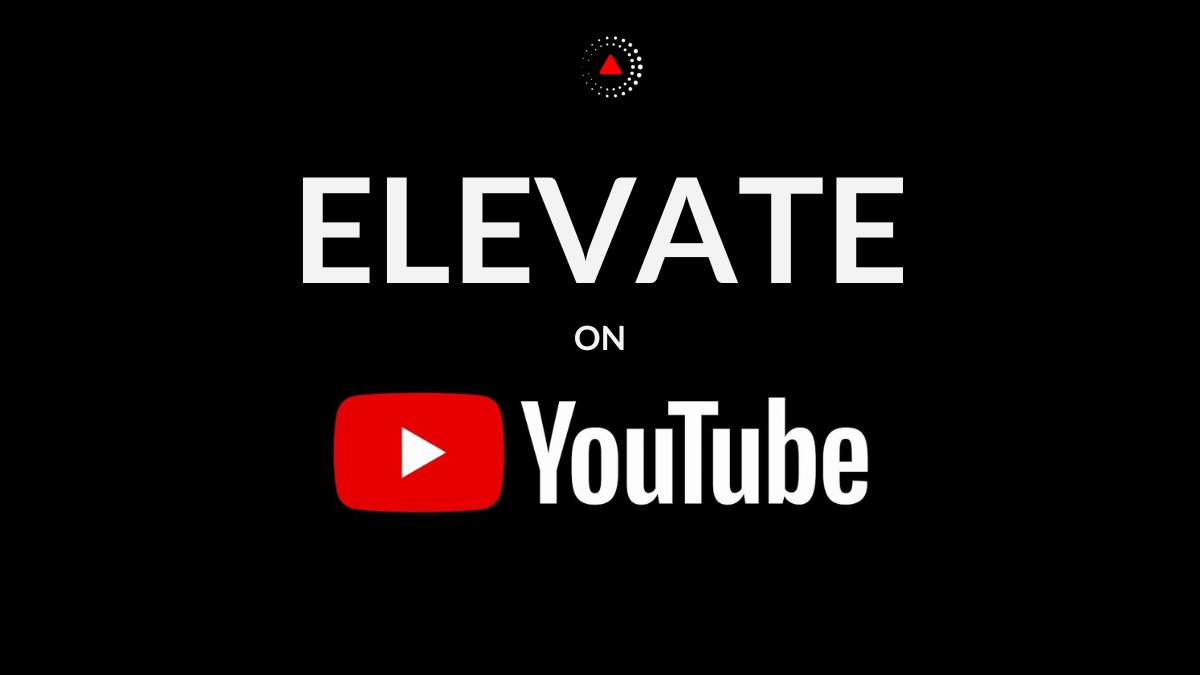It takes two hands to clap! I cannot be solely blamed for what happened in my relationships.
What's the meaning of this quote?
Quote Meaning: The quote means that in any relationship, both parties are responsible for what happens. Blaming only one person is not fair, as it takes effort from both individuals to make a relationship work. This quote emphasizes the importance of communication, compromise, and mutual respect in any relationship.
Who said the quote?
The quote "It takes two hands to clap! I cannot be solely blamed for what happened in my relationships." was said by Akshay Kumar (Bio / Quotes). Akshay Kumar is an Indian actor and martial artist, who has appeared in over 150 Bollywood films and is known for his action-comedy roles.
How can the quote be applied in a real-life scenario?
This quote underscores the importance of shared responsibility in relationships and serves as a reminder that the dynamics between two individuals contribute to the outcome. Here's how it can be applied in various real-life scenarios:
Romantic Relationships: In romantic partnerships, conflicts and misunderstandings are common. Blaming one partner entirely for relationship issues is often unfair and counterproductive. This quote encourages individuals to take a balanced approach, acknowledging their own contributions to conflicts and understanding that both partners play a role in shaping the relationship's dynamics. It promotes open communication and mutual accountability for relationship health.
Family Relationships: Within families, tensions and disagreements can arise. Whether it's between siblings, parents and children, or extended family members, recognizing that family dynamics involve multiple individuals can foster empathy and understanding. It encourages family members to work together to resolve issues rather than placing blame solely on one party.
Friendships: Friendships may experience conflicts or strains over time. Instead of assigning blame to one friend, this quote reminds us that friendship dynamics are a shared responsibility. Friends can work together to address issues, communicate openly, and maintain healthy connections.
Workplace Relationships: In professional settings, collaboration and teamwork are essential. Conflicts among coworkers often result from a combination of factors, and it's rarely productive to lay blame solely on one individual. This quote encourages employees and employers to address workplace issues collaboratively, seeking solutions that benefit all parties.
Community and Social Relationships: In broader social and community contexts, disputes and disagreements may arise. This quote encourages individuals to approach community issues with a cooperative mindset. It emphasizes that collective responsibility and collaboration can lead to more effective solutions and stronger communities.
Global Conflicts: On a larger scale, this quote can be applied to global conflicts and disputes between nations. It encourages diplomatic efforts and the recognition that complex international issues typically involve multiple stakeholders and shared responsibility for resolution.
In summary, this quote highlights the importance of shared accountability in various types of relationships and situations. It encourages individuals to avoid the tendency to place all blame on one party and instead work together to understand and address the underlying issues. By taking a collaborative approach, relationships and communities can become healthier and more resilient.
Is there a historical example that illustrates the message of the quote?
Historical Example: The End of the Cold War and U.S.-Soviet Relations - This quote speaks to the idea that relationships, whether between individuals or nations, are complex and involve contributions from both sides. An insightful historical example of this concept can be found in the end of the Cold War and the thawing of U.S.-Soviet relations.
During the Cold War, which lasted from the late 1940s to the early 1990s, the United States and the Soviet Union were locked in a bitter ideological and political rivalry. The two superpowers were often at odds, engaged in a tense nuclear standoff, and supporting opposing sides in various conflicts around the world.
While both sides shared responsibility for the tensions and conflicts of the Cold War, the quote underscores the notion that neither side could be solely blamed for the state of the relationship. It took the efforts of leaders on both sides to change the course of history.
Mikhail Gorbachev, the General Secretary of the Communist Party of the Soviet Union, played a pivotal role in this regard. In the mid-1980s, he initiated a series of reforms known as perestroika (restructuring) and glasnost (openness), which aimed to modernize the Soviet economy and increase political transparency. Gorbachev recognized that the Soviet Union needed to adapt to a changing world and reduce tensions with the West.
Simultaneously, U.S. President Ronald Reagan, while maintaining a strong stance against the Soviet Union, was willing to engage in diplomatic efforts with Gorbachev. The two leaders held a series of summits, including the historic Reykjavik Summit in 1986, where they discussed arms control and the reduction of nuclear weapons.
These efforts on both sides led to a thaw in U.S.-Soviet relations, culminating in the end of the Cold War. The Berlin Wall fell in 1989, and by 1991, the Soviet Union dissolved. The long-standing ideological and political animosity between the superpowers gave way to a new era of cooperation and reduced nuclear tensions.
The end of the Cold War serves as a poignant historical example of how it takes two willing parties to improve a relationship. It demonstrates that leaders on both sides played critical roles in achieving détente and eventually ending a decades-long standoff, highlighting the importance of shared responsibility and cooperation in resolving complex international conflicts.
Chief Editor
 Tal Gur is an author, founder, and impact-driven entrepreneur at heart. After trading his daily grind for a life of his own daring design, he spent a decade pursuing 100 major life goals around the globe. His journey and most recent book, The Art of Fully Living, has led him to found Elevate Society.
Tal Gur is an author, founder, and impact-driven entrepreneur at heart. After trading his daily grind for a life of his own daring design, he spent a decade pursuing 100 major life goals around the globe. His journey and most recent book, The Art of Fully Living, has led him to found Elevate Society.



























